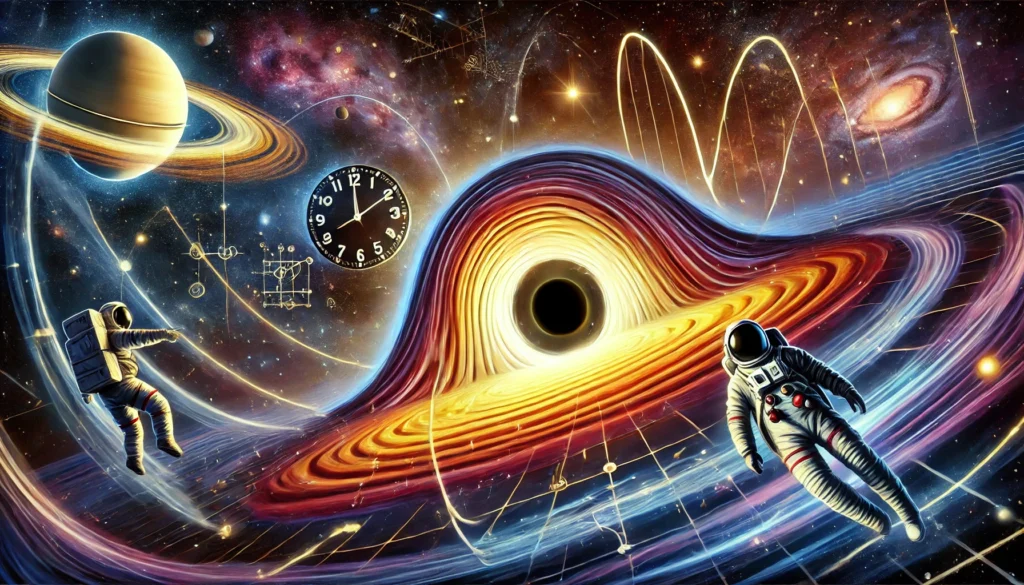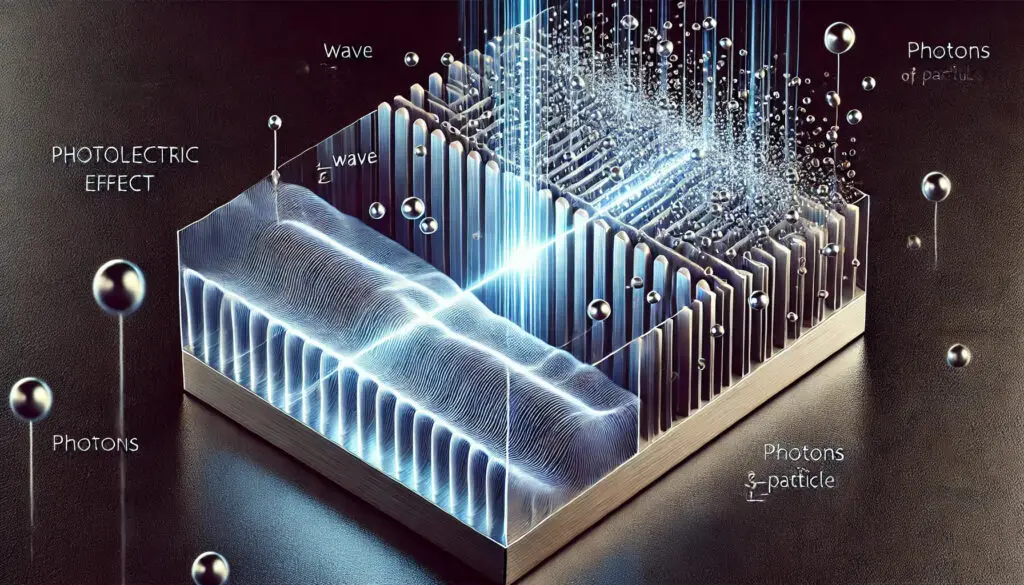Imagine you’re zooming through space on a mind-bendingly fast spaceship. Your watch ticks away normally, but when you glance at Earth’s clock—something’s off. It’s ticking slower than yours. Welcome to Einstein’s playground of relativity—where reality loves to mess up everything you thought you knew about time and space.
First things first: light. It zooms through the cosmos at an insane 186,282 miles per second (or if you’re metrically inclined, that’s 299,792 kilometers per second). No matter what, you can’t surpass the speed of light. It’s like the universe’s own version of ‘speed limit’ signs. This cosmic speed limit is fundamental to the fabric of reality and underpins Einstein’s theory of relativity.
To grasp the implications of relativity, imagine you’re hurtling through space at near-light speed. For you, time ticks along as usual. Your heartbeat, your thoughts, everything feels normal. But back on Earth, your buddies are aging in slow motion. This phenomenon is known as time dilation, a direct consequence of traveling at relativistic speeds. According to Einstein’s special theory of relativity, time and space are intertwined in a four-dimensional continuum known as spacetime. The faster you move through space, the slower you move through time relative to someone who is stationary.
Ever heard of length contraction? It’s like a special effect straight out of a sci-fi movie. As you zoom through the universe, objects in your path start looking squished in the direction of your motion. This isn’t just an optical illusion; it’s a physical reality predicted by relativity. Your spaceship, as observed by an external observer, appears shorter along the direction of travel. This phenomenon occurs because, at relativistic speeds, the dimensions of space itself become contracted.
Now think about this: what’s ‘now’ for you might not be ‘now’ for someone else zooming past at a different speed. This concept is known as the relativity of simultaneity. In Einstein’s universe, simultaneity is relative, meaning that two events that appear simultaneous to one observer might not be simultaneous to another observer moving at a different velocity. This leads to a fascinating redefinition of the concept of time itself.
Einstein’s theories of relativity aren’t just abstract concepts; they have practical applications. For example, the Global Positioning System (GPS) must account for both special and general relativity to provide accurate location data. Satellites orbiting Earth experience less gravitational time dilation but more velocity-based time dilation compared to people on the ground. The system must correct for these differences to ensure your GPS device accurately pinpoints your location.
Now, let’s delve deeper into Einstein’s life’s work: General Relativity. Forget gravity as just a tug-of-war between objects. Think of spacetime as this giant, stretchy rubber sheet. Drop a heavy bowling ball (let’s call it a planet) on it—it creates a dimple. Now roll a marble (like your favorite satellite) nearby—it’s going to glide along those curves like a pro skater in a half-pipe. That’s how gravity rolls in Einstein’s universe—creating these elegant curves in spacetime. This curvature is described by Einstein’s field equations, a set of ten interrelated differential equations that form the core of general relativity.

General relativity also introduced the concept of the equivalence principle, which states that the effects of gravity are locally indistinguishable from the effects of acceleration. This principle was a cornerstone in Einstein’s realization that gravity is not a force in the traditional sense but a manifestation of the curvature of spacetime caused by mass and energy.
Einstein expressed his discoveries mathematically with the iconic equation: energy (E) equals mass (m) multiplied by the square of the speed of light (c), written as E=mc^2. This equation unveiled a profound secret: that mass and energy are manifestations of the same fundamental thing, something that had eluded scientists for centuries. This mass-energy equivalence implies that a small amount of mass can be converted into a tremendous amount of energy, a principle that underlies the workings of nuclear reactors and atomic bombs.
And get this—time isn’t just a thing for watches. In Einstein’s cosmic playground, time slows down where gravity’s stronger. This effect, known as gravitational time dilation, means that clocks closer to a massive object tick more slowly compared to clocks further away. Hang out on a massive planet, and your seconds stretch out like a binge-worthy TV series. Drift away from these gravitational heavyweights, and time zooms by.
Einstein’s theories also predict the existence of black holes, regions of spacetime where gravity is so intense that not even light can escape. These cosmic giants are formed from the remnants of massive stars and warp spacetime to an extreme degree. The boundary of a black hole, known as the event horizon, marks the point beyond which events cannot affect an outside observer, meaning anything inside the event horizon can’t escape, but it is scientifically possible for something outside it to escape a black holes pull. The existence of black holes has been confirmed through astronomical observations, and they remain one of the most fascinating and mysterious objects in the universe.
Einstein basically threw out the old rulebook of ‘absolute’ time and space. Instead, he gave us spacetime—a dynamic fabric where mass and energy do this intricate dance, bending reality itself. The universe isn’t just some static painting; it’s more like a 4D dance party where everything is connected and constantly in motion.
So there you have it—a cosmic crash course in relativity. Next time you’re staring up at the stars or checking your watch, remember: the universe isn’t just vast and mysterious; it’s a whirlwind of interwoven dimensions where even time loves to take its detours. See, it’s relatively simple (pun intended).





This is great! Very informative and entertaining article…